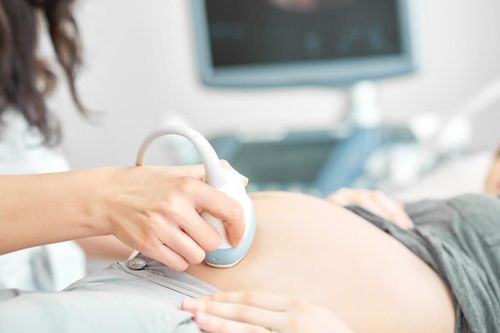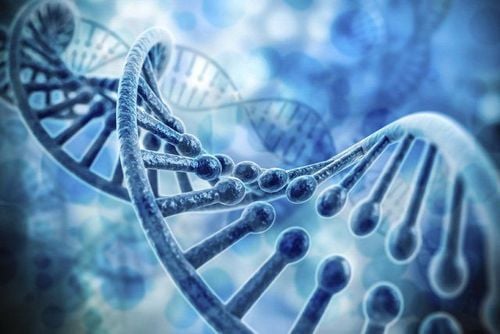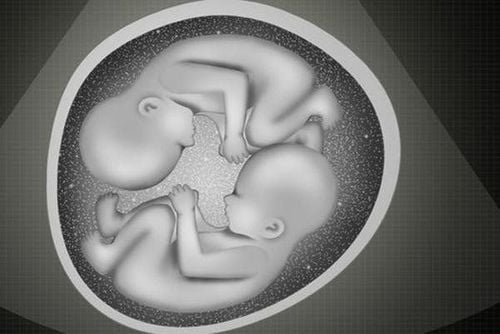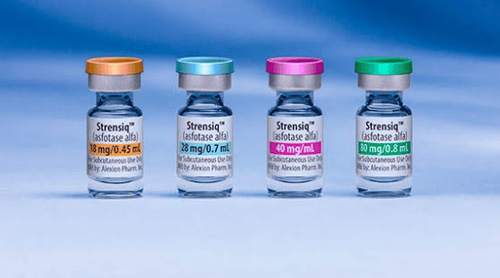This is an automatically translated article.
The article was written by Dr. Huynh Minh Tuan - Vinmec High-Tech CenterPrenatal screening tests are often ordered for pregnant women to determine if the fetus is at risk for birth defects. So what is prenatal DNA screening and how is it done?
1. Prenatal screening
Performing prenatal testing is helpful in identifying different options for pregnancy or managing a particular pregnancy and delivery to improve the outlook for the baby.
Pregnant women, regardless of age, have the choice to undergo prenatal screening tests. However, the older the mother, the higher the risk of the baby being born with chromosomal abnormalities. Thus, maternal age is the most common cause of prenatal testing.
Reasons for ordering prenatal testing include
Family history or previous child with genetic problems. Parents already know that they carry a particular gene. Ultrasound results showed abnormal results. Screening test results show that pregnancy is in the group of high-risk factors. Please consult and consult with specialists to determine which test and when to conduct the appropriate test.
2. Prenatal screening tests
First, we will learn what genetic disorders are and the effects of these disorders2.1. What is a genetic disorder?
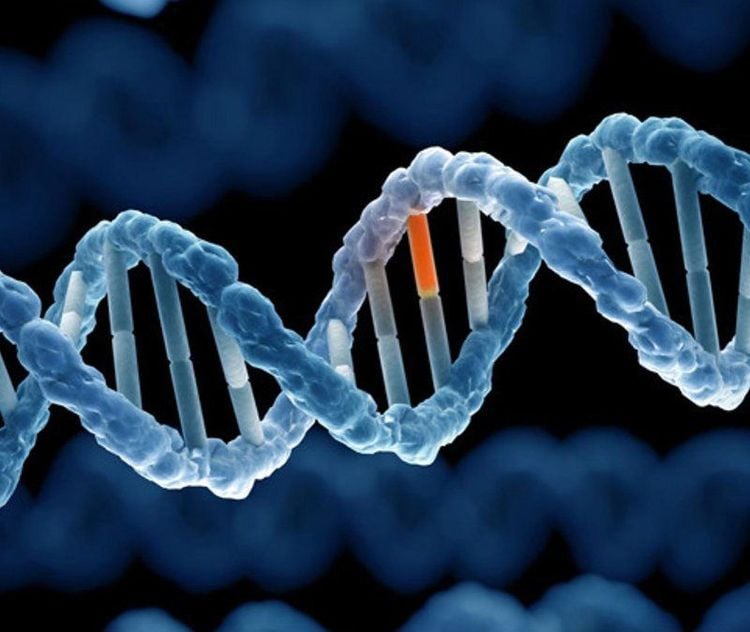
Rối loạn di truyền xảy ra khi gen hoặc nhiễm sắc thể bị thay đổi.
2.2. Two main types of prenatal genetic testing
There are two types of prenatal tests to look for major genetic disorders, including:
Prenatal screening tests : These tests will tell you your baby's risk of certain genetic syndromes: including trisomy 13, 18, 21 and some other genetic syndromes Prenatal diagnostic tests : These tests can diagnose which genetic syndromes a fetus has with up to 99 accuracy ,8%. These tests are performed on cells obtained from the fetus through amniotic fluid or a chorionic villus sampling (CVS) sample. All pregnant women should be offered prenatal screening. Diagnostic tests that are born should be consulted by a specialized doctor and prescribed in case of necessity.
2.3. What tests does prenatal genetic testing include?
Screening tests tell you your baby's risk for certain disorders. These include carrier testing and prenatal genetic screening:
Carrier testing done on parents (or potential parents), using blood or facial tissue samples in the cheek. These tests are designed to determine if a person carries copies of a mutated gene that can cause genetic disorders. Pregnancy testing can be done before or during pregnancy. Prenatal genetic screening tests on pregnant women's blood samples and recorded from ultrasound can check for fetal aneuploidy mutations, brain and spine defects, also known as neural tube defects, and some other abnormalities. other defects of the abdomen, heart and parts of the face. These tests are usually performed as a screening test during the first to second trimester and, in rare cases, to the third trimester. In addition, a new test for noninvasive screening is the extracellular free DNA test. Ultrasound helps to screen 60-70% of major malformations of fetal morphology and structure, for example, nuchal translucency, brain, spine, cardiovascular and other malformations. Serum biochemistry screening helps to screen for the risk of trisomy 13, 18, 21 and neural tube defects.
Each stage of pregnancy has its own characteristics and needs to apply specific tests, the following section goes into the analysis of the mechanism and effects of tests according to each period.

Xét nghiệm sàng lọc di truyền trước sinh.
2.4. Screening for fetal malformations in the first 3 months?
Screening for fetal malformations in the first 3 months includes blood tests of the pregnant woman and screening ultrasound. Both of these tests are done at the same time and between 10-13 weeks of pregnancy.
Double test test determines the concentration of 2 substances in the mother's blood secreted by the fetus:
PAPP-A (PAA): A glycoprotein produced by the placenta. Free β-hCG (FBC): A structural component of hCG (human chorionic gonadotropin). Screening ultrasound, also known as nuchal translucency ultrasound, measures the thickness of the fetal nape. Abnormal results suggest an increased risk of Down syndrome or other aneuploidy conditions. It is also thought to be associated with morphological abnormalities of the heart, abdominal wall, and skeleton.
2.5. Screening test in the second and third trimesters of pregnancy
Screening tests for the second and third trimesters of pregnancy include: Triple test to determine the concentration of 3 other substances in the mother's blood also secreted by the fetus, including:
AFP (Alpha-fetoprotein): A glycoprotein of fetal origin. uE3 (Unconjugated estriol): Appears on the 8th day of pregnancy. β hCG (Beta human Chorionic Gonadotropin): A steroid produced by the placenta. Triple test to screen for Down syndrome, Triple infection 18 and neural tube defects. This test is done between 15th and 22nd week of pregnancy, most accurately at 16-18 weeks. Screening ultrasound between 18-20 weeks of pregnancy checks for major morphological abnormalities of the brain. and spine, parts of the face, abdomen, heart, and extremities.
Concerned about the dangerous amniocentesis procedure that can pose a risk of miscarriage and complications for the mother and fetus, Professor Yuk Ming Dennis Lo has developed a blood test method to test for genetic syndromes before birth. Fetal DNA in maternal plasma, or the extracellular free DNA test.
2.6. What is extracellular free DNA testing?
Extracellular free DNA is a small amount of DNA released from the placenta into the bloodstream of a pregnant woman. Extracellular free DNA in a pregnant woman's blood sample can screen for Down syndrome, Trisomy 13, Trisomy 18, and sex chromosome number problems. This test can be done starting from the 10th week of pregnancy. Positive extracellular free DNA test results should be followed up with invasive diagnostic testing such as amniocentesis or chorionic villus sampling.Extracellular DNA testing is usually indicated for pregnant women at high risk of having a baby with a chromosomal disorder. For low-risk cases, routine screening tests are the most appropriate option. Extracellular free DNA is not recommended for women with multiple pregnancies.
Recently, with advanced technology and many outstanding advantages, the Non-invasive Prenatal Test (NIPT) method is being considered as the "golden key" in prenatal screening.
3. Non-invasive prenatal screening test NIPT
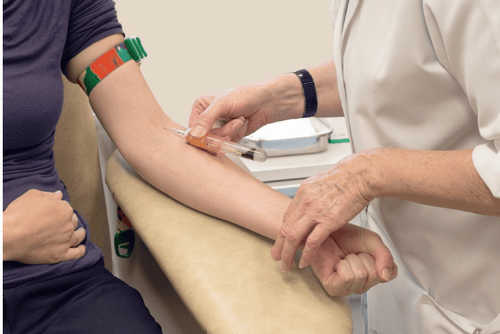
Sàng lọc trước sinh không xâm lấn NIPT.
During pregnancy, certain strands of the baby's DNA are released into the mother's bloodstream. Noninvasive prenatal screening NIPT analyzes the information in the resulting DNA sequence to screen for a number of abnormalities. This test is very sensitive for Down syndrome and can be performed from the 10th week of pregnancy.
What does the NIPT test do?
It is a safe and effective way to screen for the following conditions:
Down Syndrome (Also known as Triple Infection 21). Edwards syndrome (Triple infection 18). Patau syndrome (Triple infection 13). Sex chromosome abnormalities such as Turner syndrome (45, XO), superfemale (47,XXX), Klinefelter (47,XXY), Jacobs (XYY) This test helps screen for some abnormalities. usually chromosome number. However, it does not help screen for genetic syndromes related to genetic mutations eg: thalassemia, sickle cell anemia, cystic fibrosis,... Prenatal diagnosis is based on amniotic fluid or amniotic fluid. Chorionic villus sampling is still the gold standard with higher accuracy and wider coverage in diagnosing genetic diseases before birth.
You should choose NIPT in case:
You have prenatal screening tests: ultrasound, combined test with high-risk results. You do not have the results of the first 3 months of screening test due to time delay or the place you live does not have this test. You want to be sure you are at high risk before having an invasive diagnostic test such as amniocentesis or chorionic villus sampling, which still carries a low risk of miscarriage. You are at high risk (for example, an elderly woman or a baby with a previous diagnosis of Down or other chromosomal disorders). The non-invasive prenatal screening technique NIPT is being implemented at Vinmec International General Hospital, bringing outstanding improvements in antenatal screening results, high service quality according to ILLUMINA's recommended standards. early and effective intervention with fetuses with malformations. Non-invasive prenatal screening method (NIPT) is considered the "key" to "decode" fetal malformations from a very young gestational age.
In addition, at the system of Clinics and Vinmec International General Hospital nationwide, there is a PACKAGE Maternity Program to help pregnant mothers feel secure to take care of their health and that of their babies, both before birth - during birth and during childbirth. after giving birth with all necessary tests.
Please dial HOTLINE for more information or register for an appointment HERE. Download MyVinmec app to make appointments faster and to manage your bookings easily.




